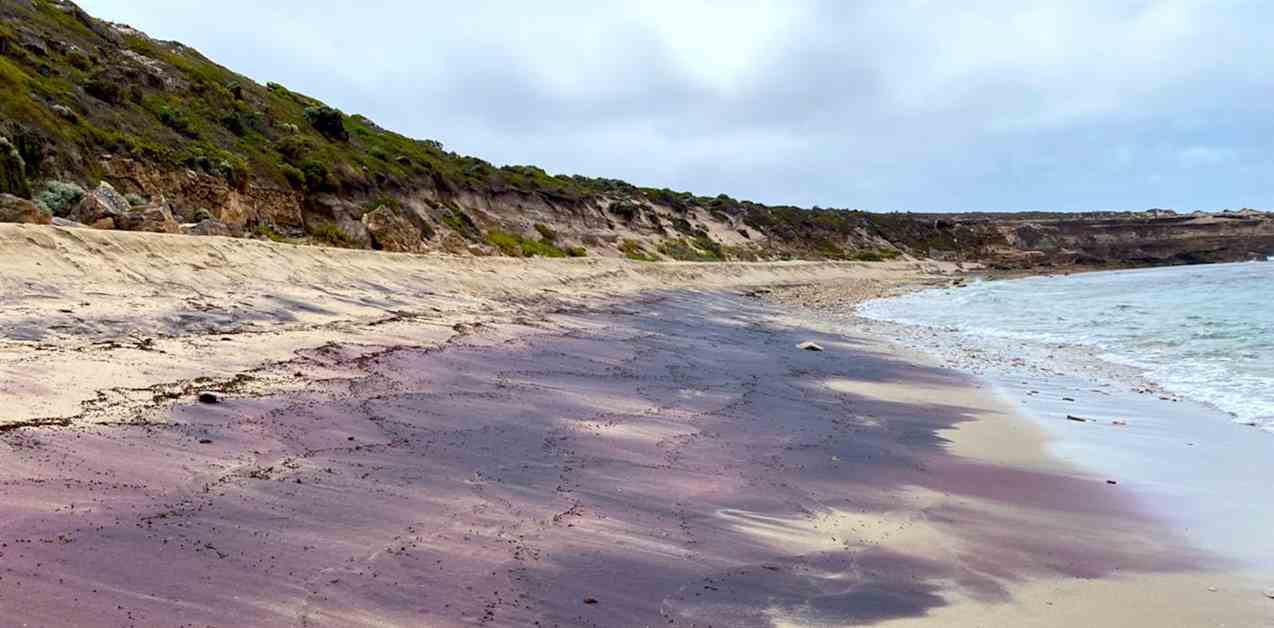The pink sand found on the beaches of South Australia has long been a mystery to geologists. The presence of garnet in the beach sand is unusual, as these minerals typically form deep within the Earth’s crust under high-pressure conditions. The discovery of large amounts of garnet in beach sand indicates the presence of a local source of garnet-bearing rock. But where is this rock located?
Geologists have explored various possible origins for the pink sand found on South Australian beaches. One theory suggests that the garnets may have originated from the erosion of the Adelaide Fold Belt, a mountain range that formed between 514 million and 490 million years ago. Another potential source is the Gawler Craton, a vast slab of ancient rock beneath South Australia that contains abundant garnet formed between 3.3 billion and 1.4 billion years ago.
To determine the age of the beach sand garnets and identify their source, researchers analyzed hundreds of grains of coastal garnet. Surprisingly, the majority of the garnets were found to have formed around 590 million years ago. This age presented a challenge, as it did not align with the known geological formations in the region.
Further investigation led scientists to consider the possibility that the garnets had been transported over long distances before being deposited on the South Australian coast. Evidence from Hallet Cove Conservation Park, located south of Adelaide, suggested that the garnets may have been stored in sedimentary rocks formed around 280 million years ago during a glacial period. Glaciers and icebergs are capable of transporting rocks over long distances without damaging their structure, making this a plausible explanation for the presence of garnets on the beaches.
During the Late Palaeozoic Ice Age around 280 million years ago, Australia and Antarctica were connected as part of the supercontinent Gondwana. Glaciers flowing from Antarctica may have carried the garnets northwest from the Transantarctic Mountains into the region that is now South Australia. Although direct sampling of the rock beneath the thick Antarctic ice sheet is not currently possible, researchers believe that this hidden source of garnet-bearing rock may have been eroded and transported over millions of years to eventually reach the South Australian coast.
The journey of the garnets from their unknown source in East Antarctica to the beaches of South Australia spans millions of years and involves complex geological processes. The discovery sheds light on the interconnected geological history of the region and highlights the importance of studying the origins of natural phenomena such as the pink sand that adorns South Australia’s shores.

